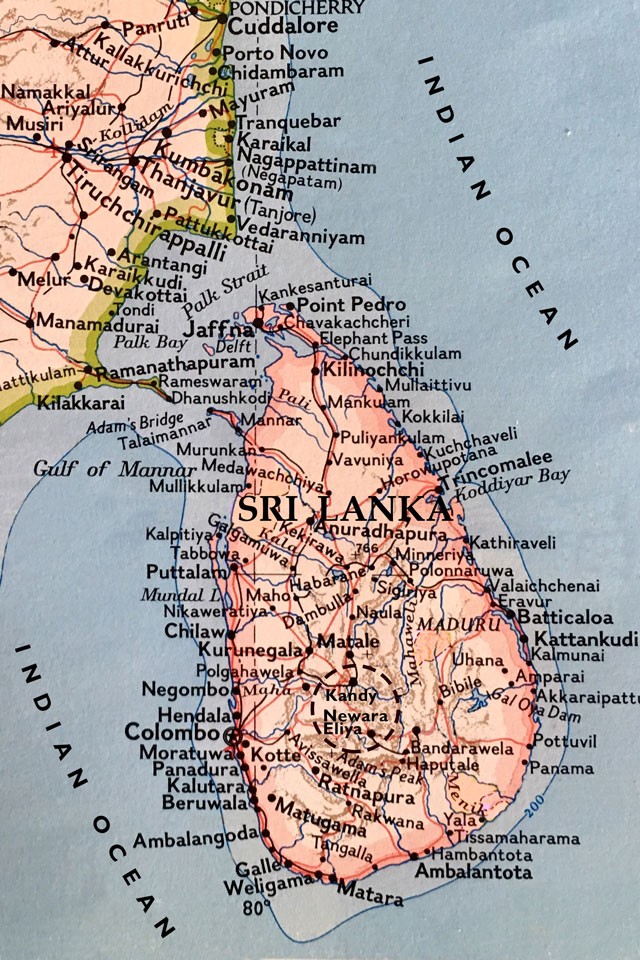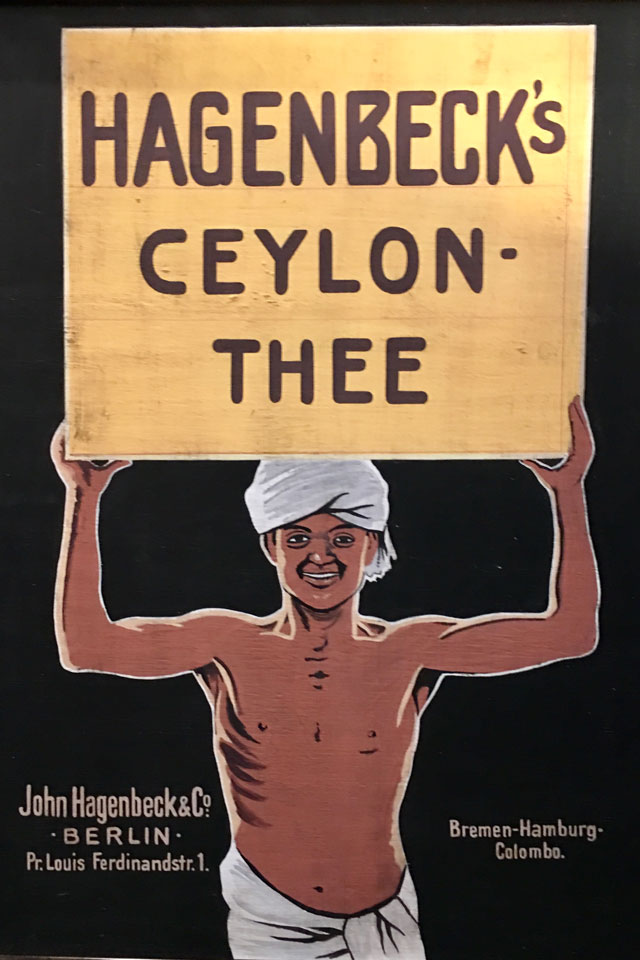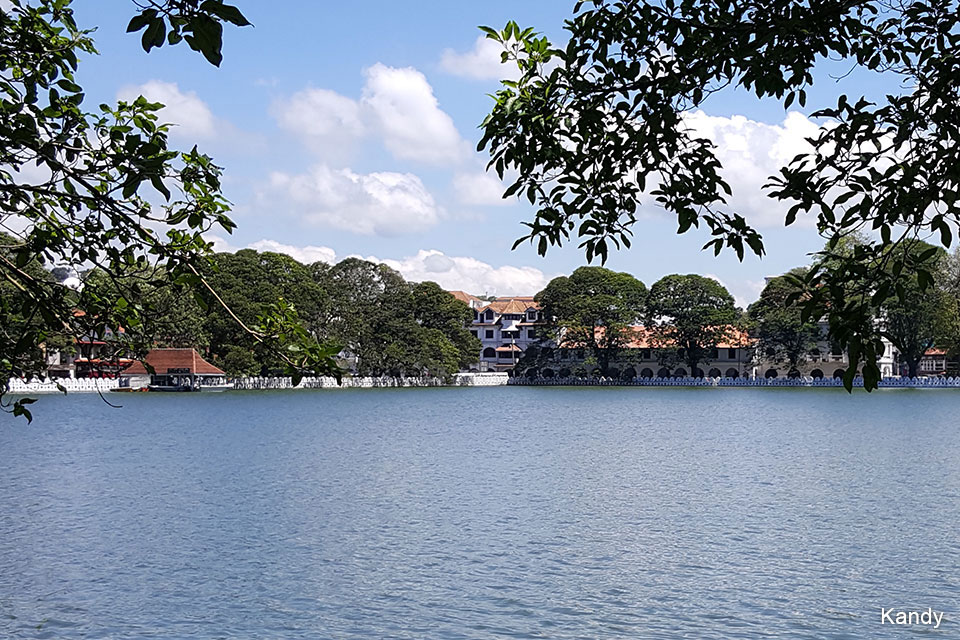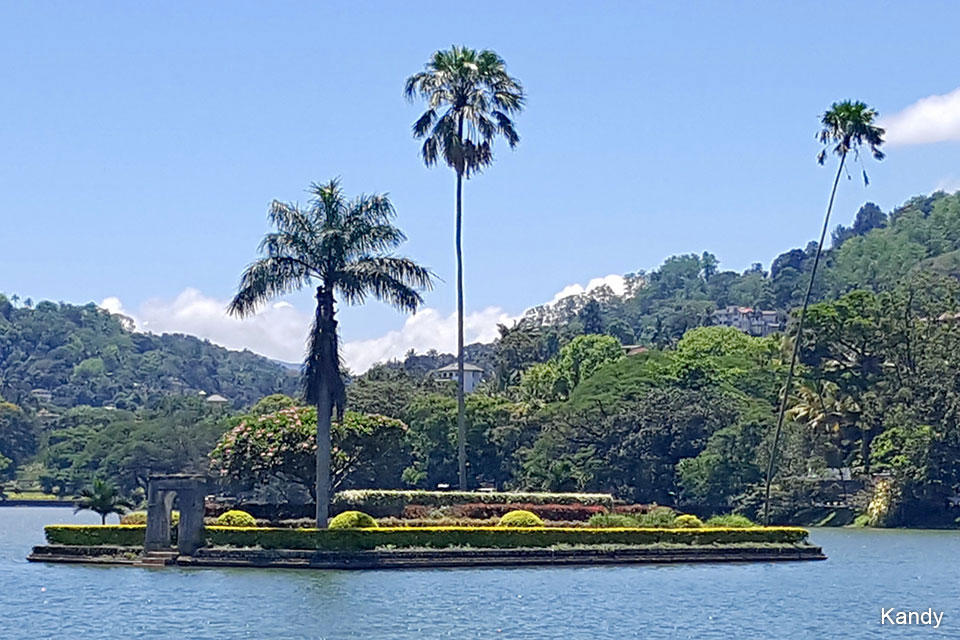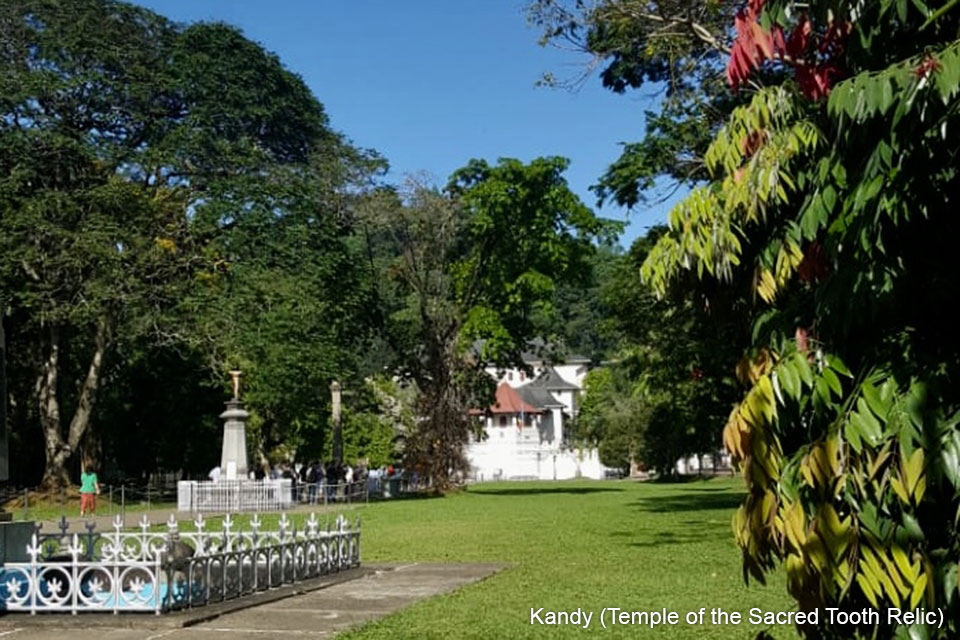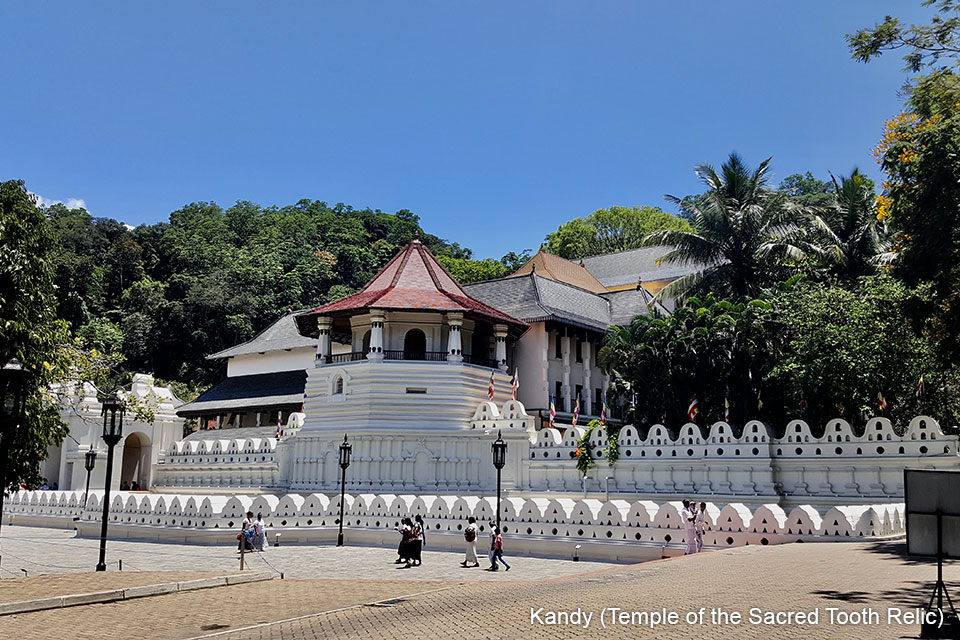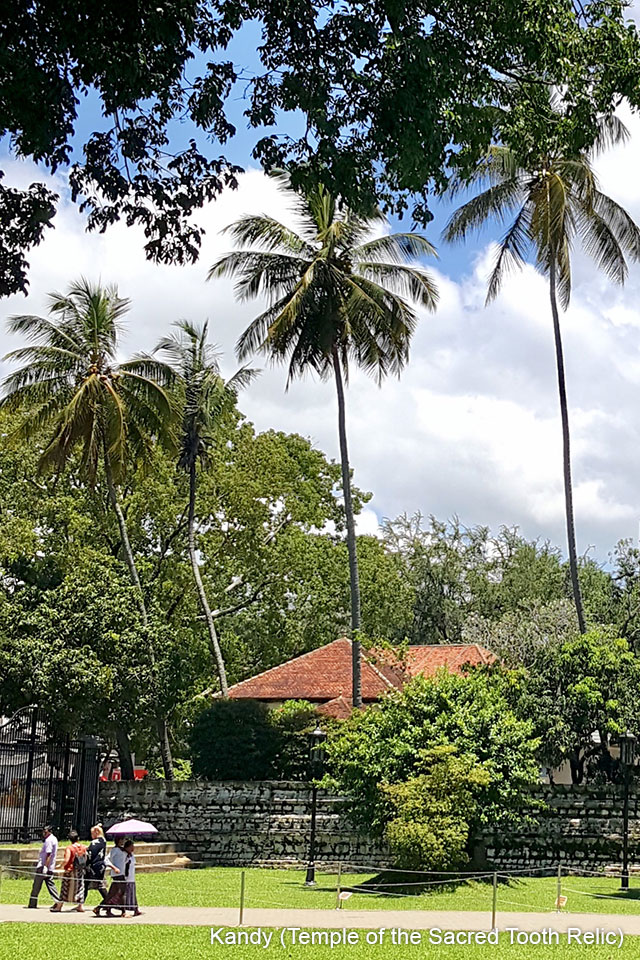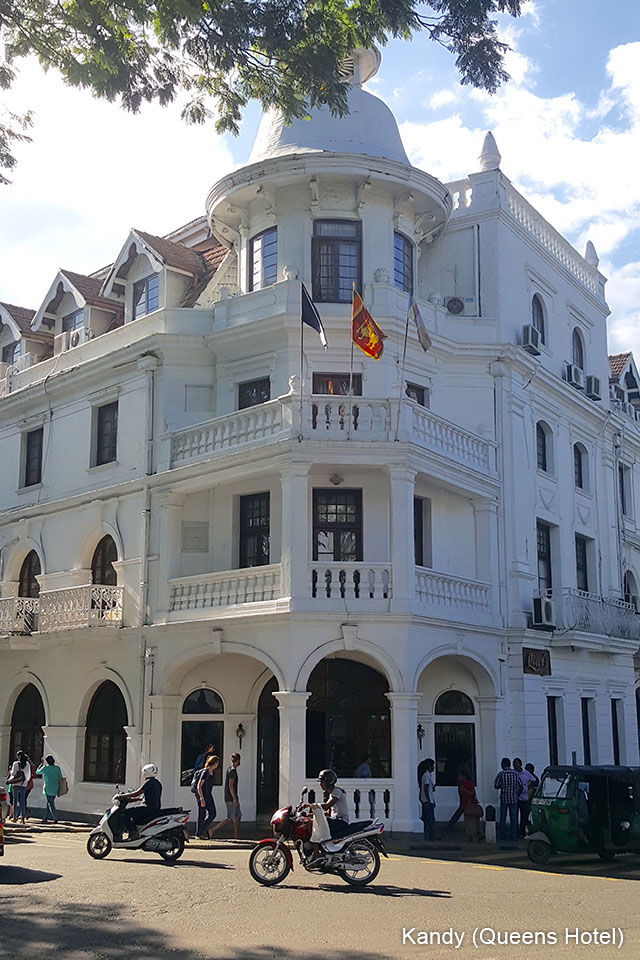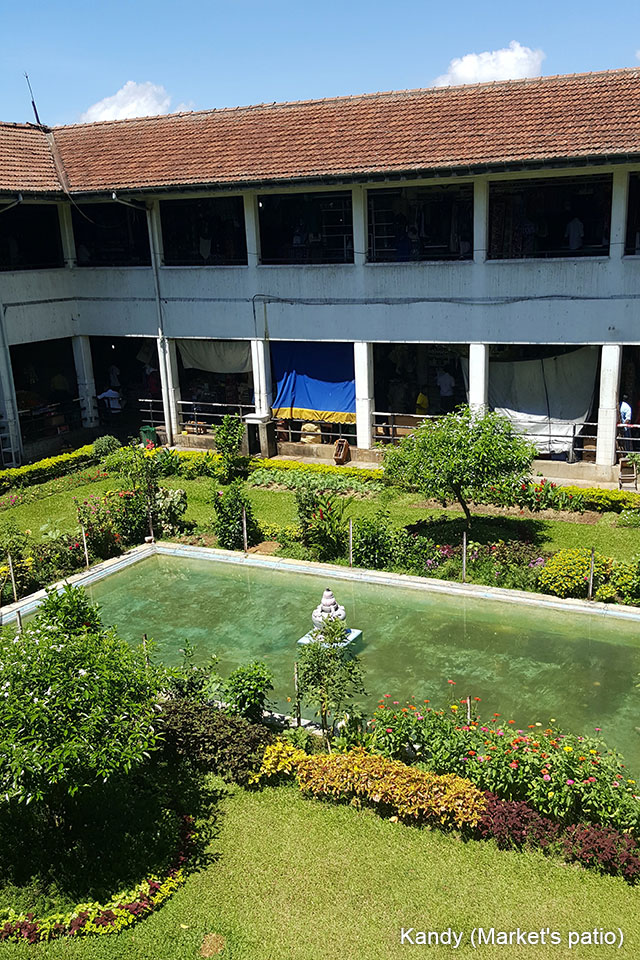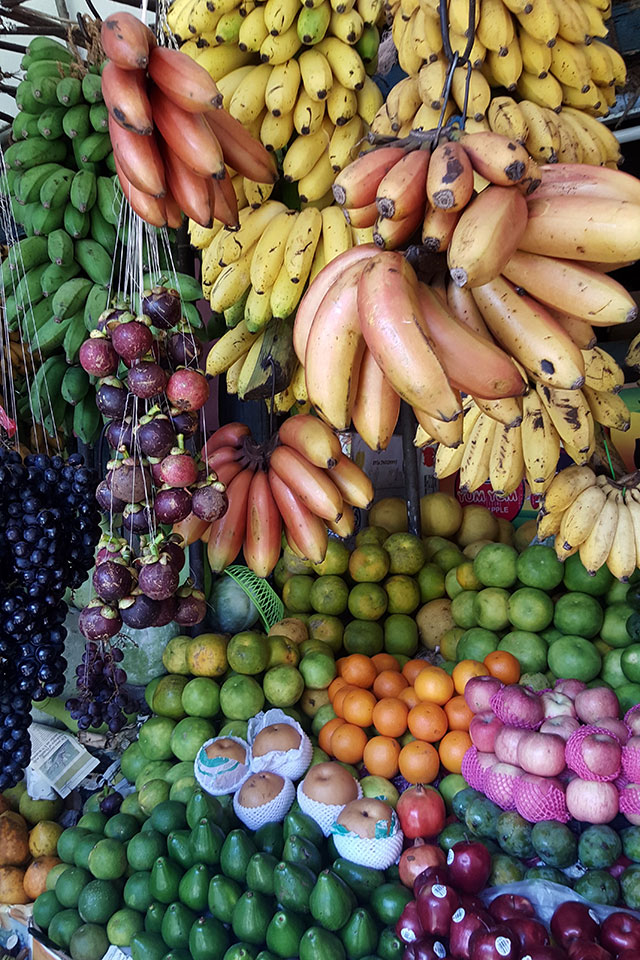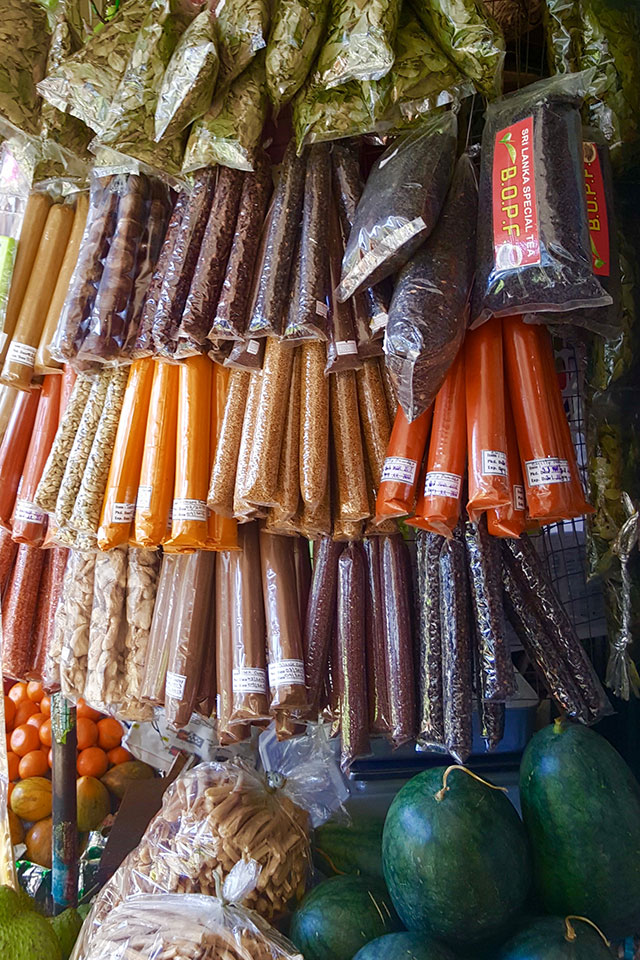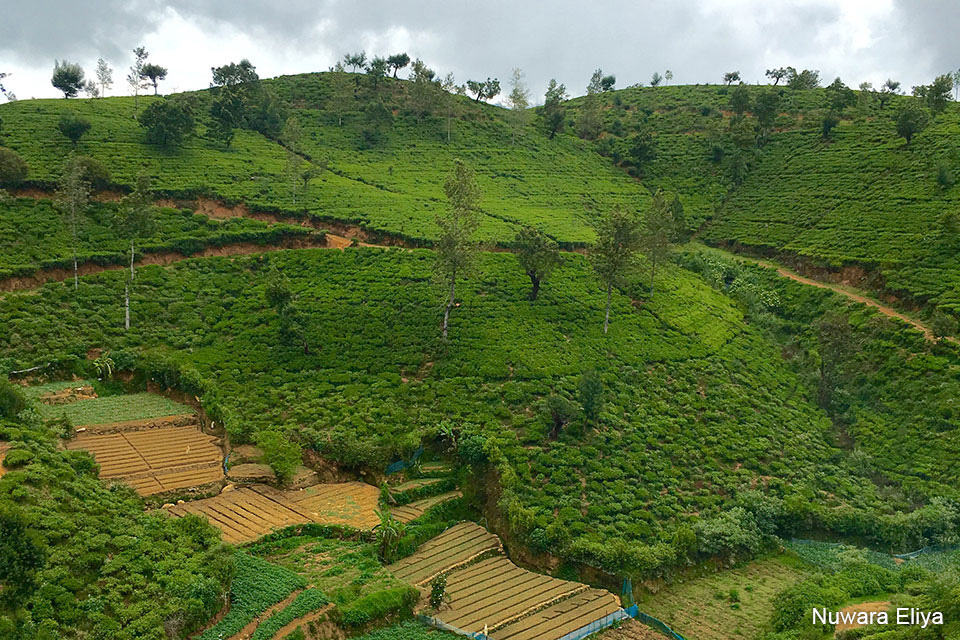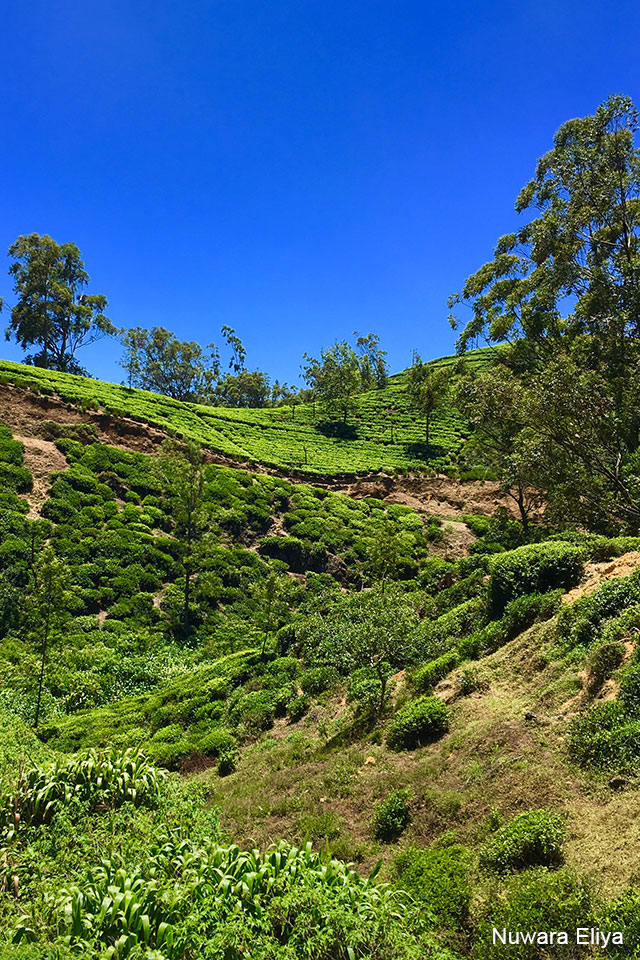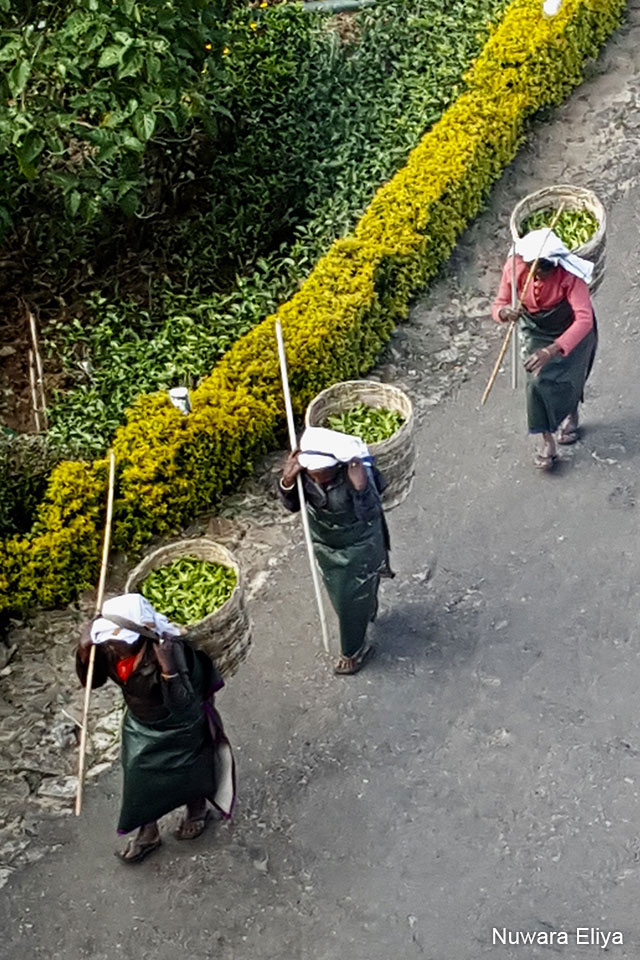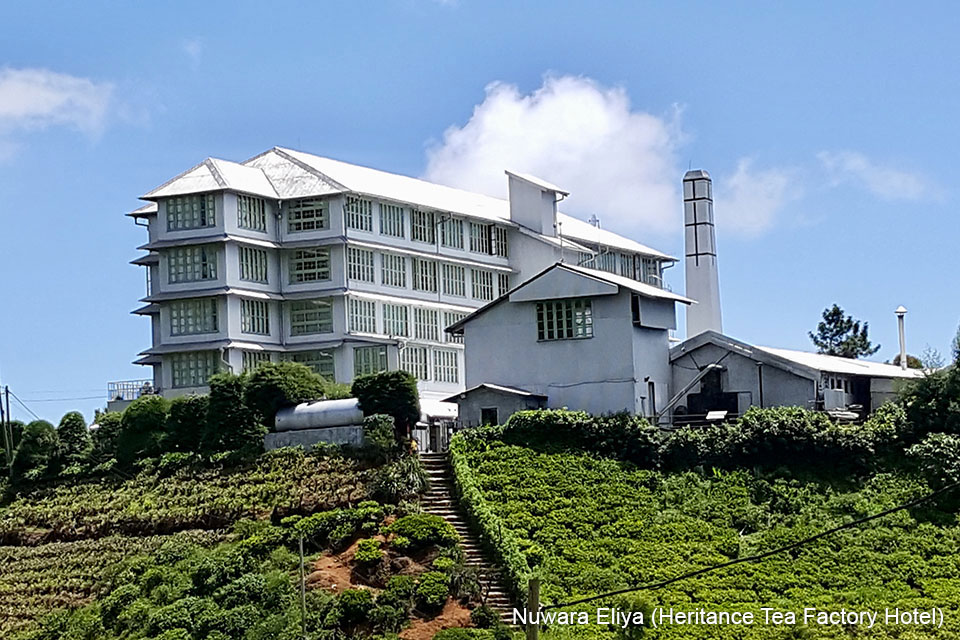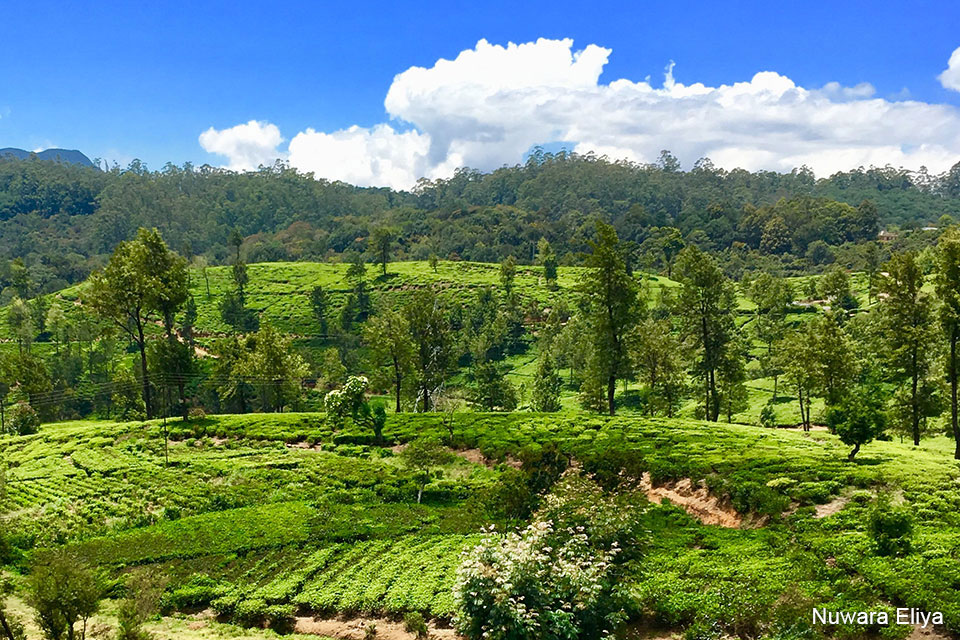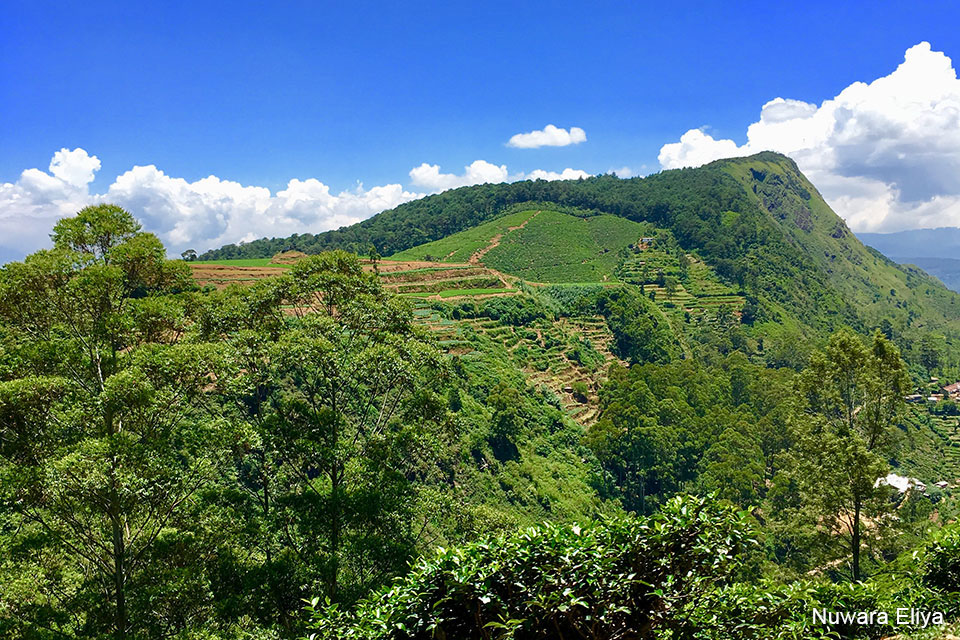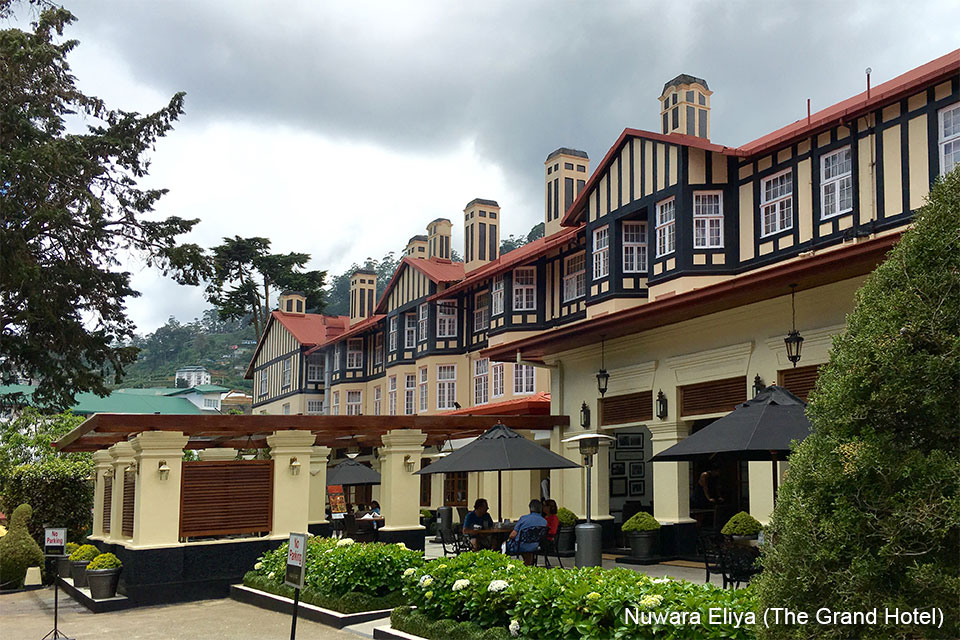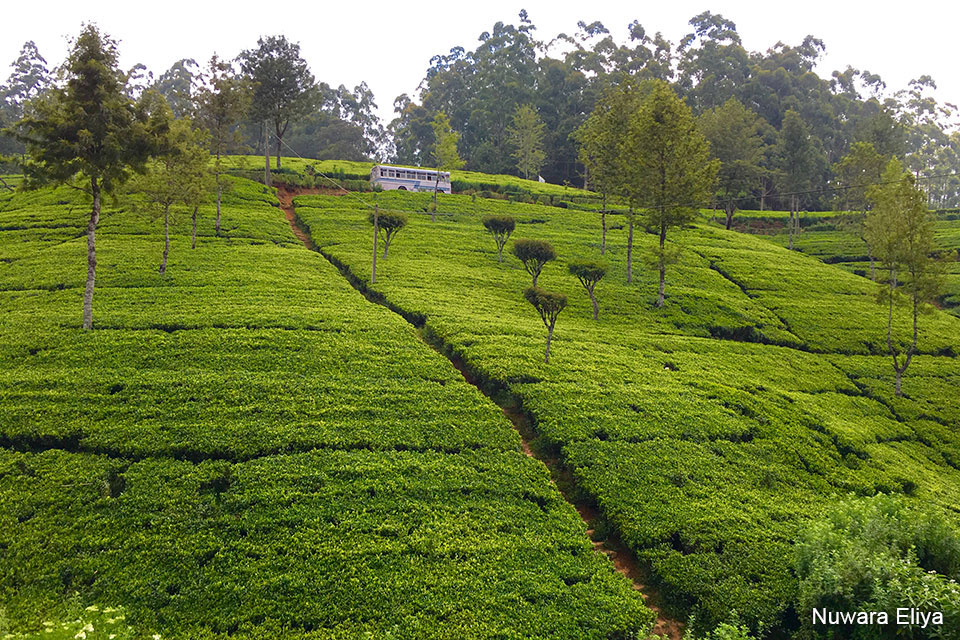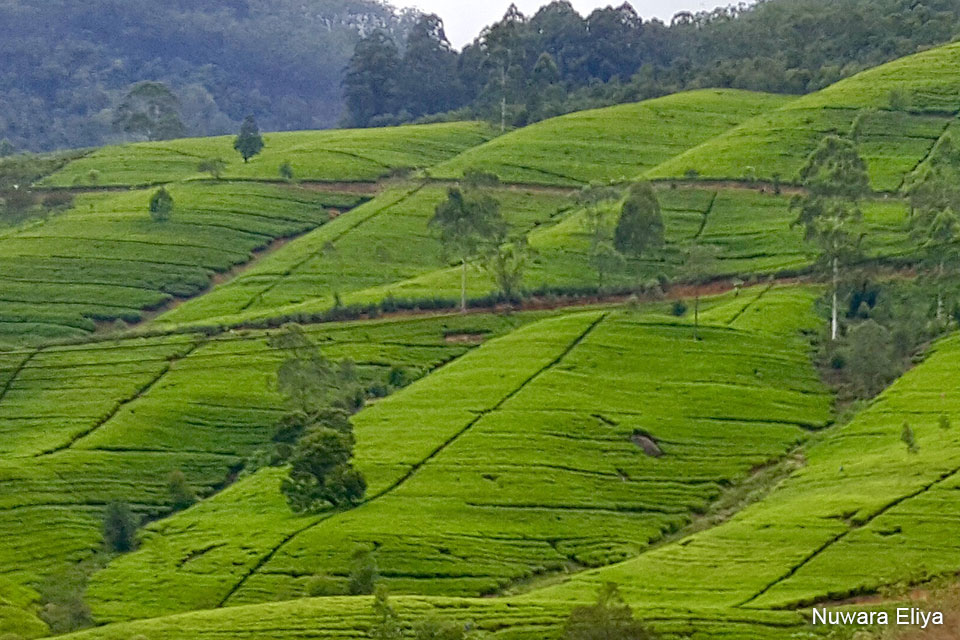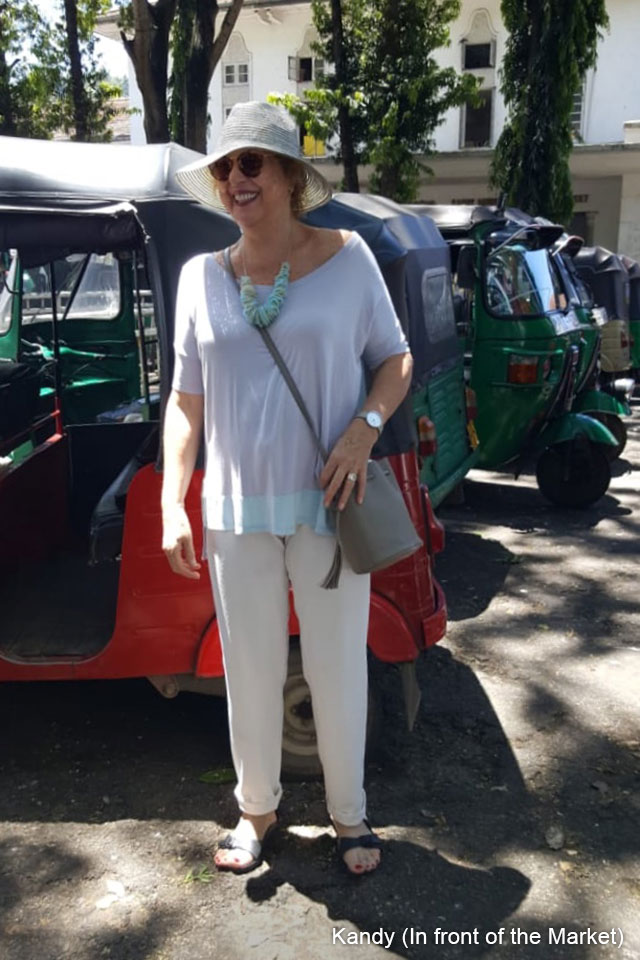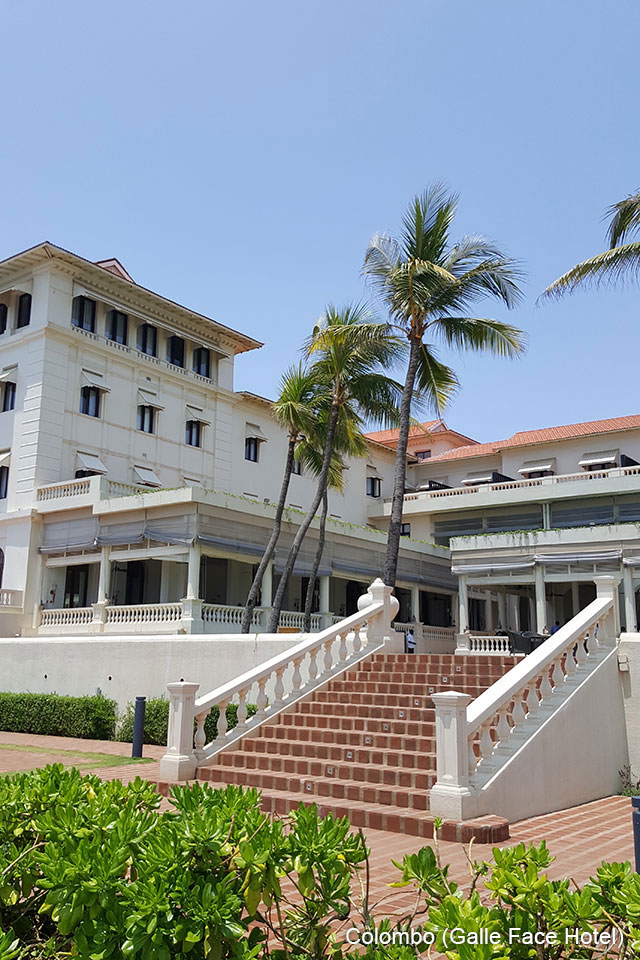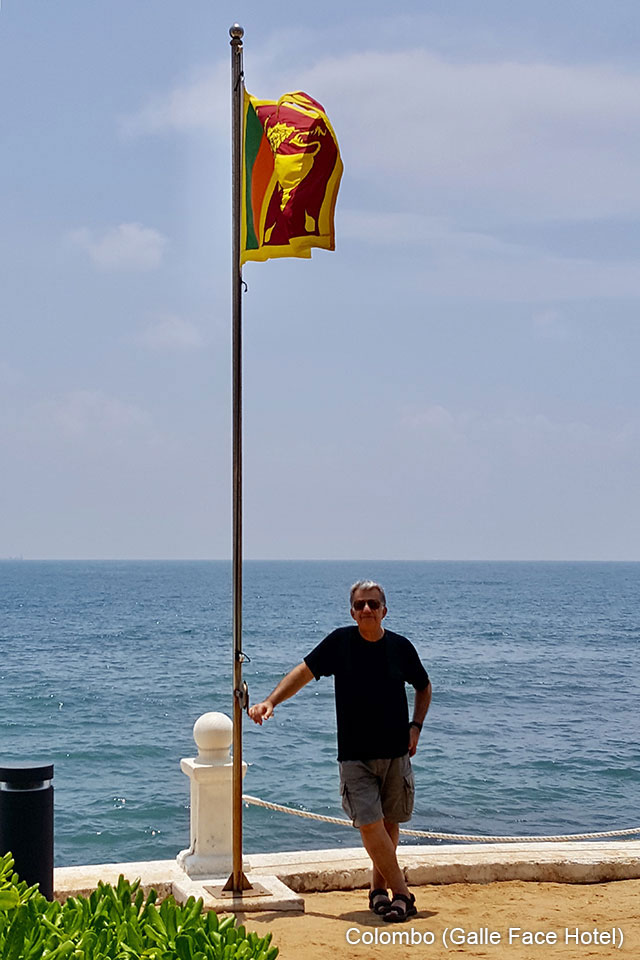Kandy and Nuwara Eliya, in Sri Lanka (Ceylon)

Since mid 80’s there was a brutal civil ethnic war in Sri Lanka (Ceylon), of which internatioal tourism took little notice, that lasted more than 25 years.
The Tamils, who were the majority in the north of the island and in some coastal areas, rebelled against the central government of Sinhalese majority. Around year 2009, the civil war ended with the defeat of the group LITE of the Tamil ethnia and, after a short time, the violent central government was displaced.
Since then there is a regime that, formally, maintains democratic characteristics.
We travelled there in 2017 and wanted to see the area of tea cultivation in the mountainous part of central Sri Lanka.
From its capital, Colombo (with 44° Celcius in the shade), we went first to Kandy, the most important city for the Buddhism, where the sacred “Temple of Buddha’s Tooth” is located.
Kandy has a beautifull lake, palaces and a very good market.

At the south of Kandy is located the “region of the tea”, surrounding a village called Nuwara Eliya, founded by the English colonial officials, who chose that place (at more than 2000 m height), because of its fresher weather and its good adaptation to the tea cultivation, that has always been the main exportation product of the island.
The regional roads are extremelly narrow and offer spectacular landscapes over the hillsides planted with tea fields. The weather changes frequently during the day, giving the sky and fields different tonalities of color and light. The tea processing industry keeps working in full.
The factories can be visited to see the industrial process, from the moment the leaves enter until the tea packages leave, with the tea threads.
An antique processing factory has been converted into a comfortable hotel. In that area there are several buildings made by the English as well as golf and cricket courses and polo fields.

